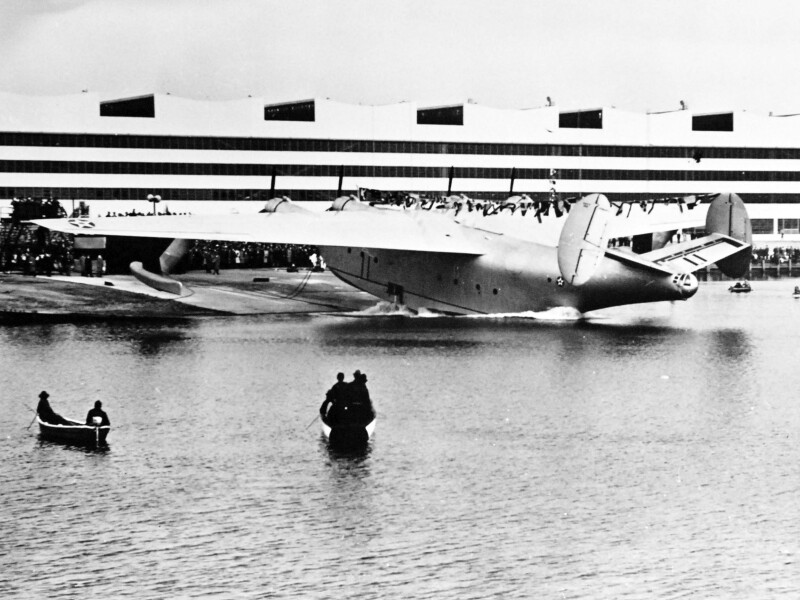-
Library
- Photos
- Documents
-
Geography
- Airfields
- Areas
-
Aviation
- Aircraft
- Engines
-
Weapons
- Guns
- Rockets
- Torpedoes
-
Avionics
- Radio
- Radar
- IFF
- Radar Detectors
- Jammers
- Navigation Devices
-
Unit Database
- Allied Units
- Axis Units
-
Pilot Database
- Pilots
- Victory Claims
- Torpedo Attacks
Martin JRM Images
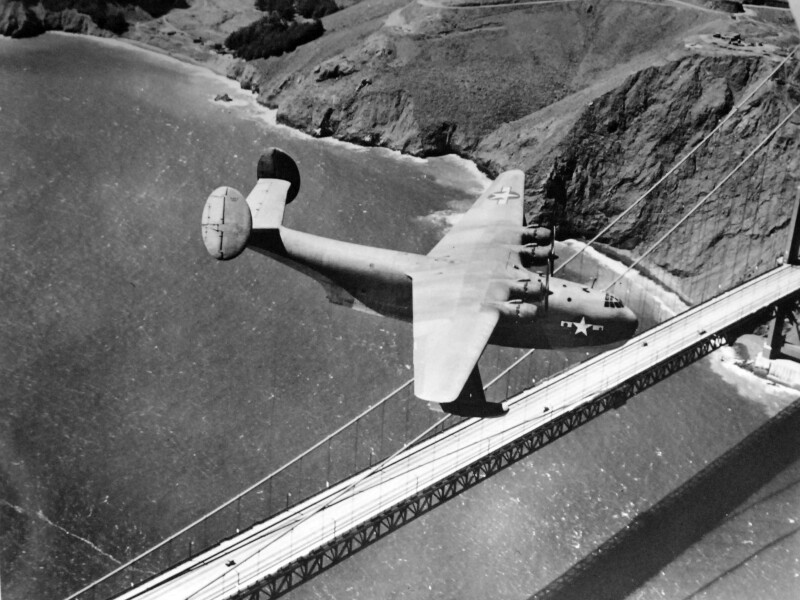
During the past year, the Mars aircraft has become a familiar figure to travellers passing over the Golden Gate bridge. Before being returned to Patuxent, she flew thousands of tons of cargo, including vital medical supplies to Honolulu where the cargo was transferred and sped to the war zones. Album from The Glenn L. Martin Company, Baltimore, Maryland, 1941
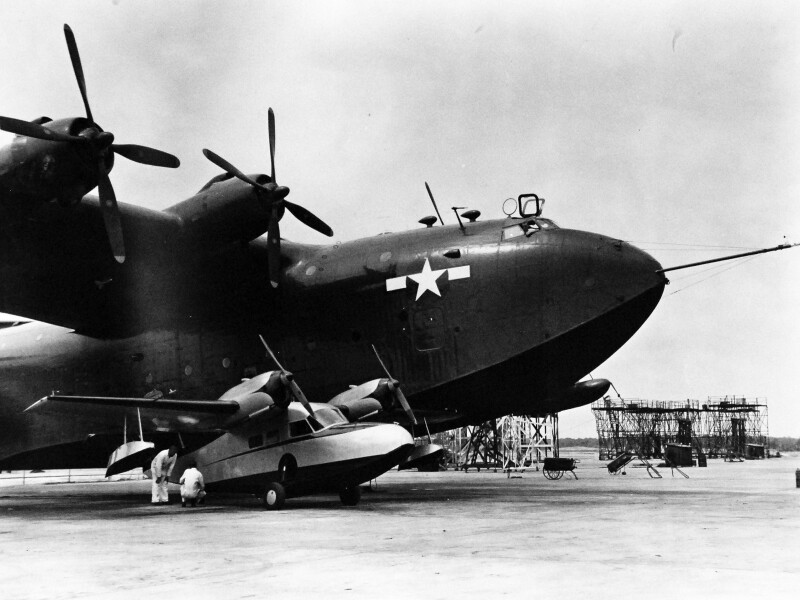
The World's Largest Flying boat which the Glenn L. Martin built for Naval Air Transportation Service (NATS), was launched at conclusion of ceremonies held at the company?s Strawberry Point Seaplane Base. Launching day coincided with the graduation exercises for future flight and ground crews of the transports. Photograph, July 21, 1945. Official U.S. Navy photograph, now in the collections of the National Archives.
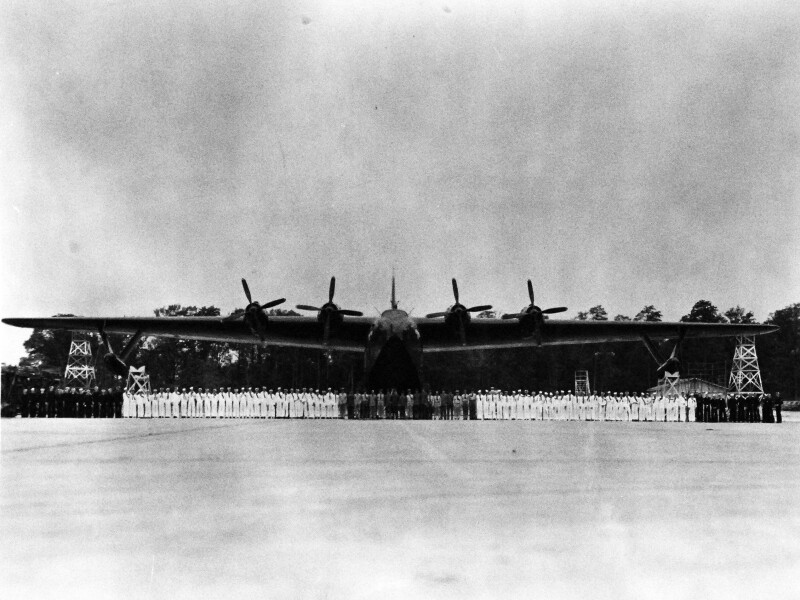
The World's Largest Flying boat which the Glenn L. Martin built for Naval Air Transportation Service (NATS), was launched at conclusion of ceremonies held at the company's Strawberry Point Seaplane Base. Launching day coincided with the graduation exercises for future flight and ground crews of the new transports officers and men beside plane. Photograph, July 21, 1945. Official U.S. Navy photograph, now in the collections of the National Archives.
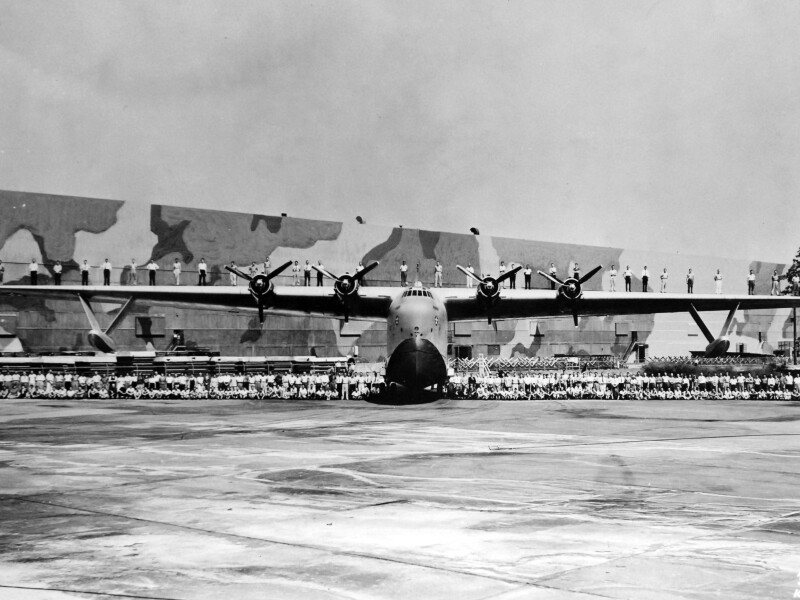
Mistress of the Air and Some of those Who Built Her. The mighty Martin Mars, 70-ton Navy flying boat and the biggest ship of her type in the world, forms a background for part of the Experimental crew that built her. Thirty-five men, spaced about six feet apart, stand along her 200-foot wing and 215 other persons are grouped before the ship. Announcement of the Mars? conversion into the world?s largest air cargo carrier was made recently by Glenn L. Martin, President of the Glenn L. Martin Company and pioneer developer of huge flying boats. Glenn L. Martin Company, 1941-45. Courtesy of the Library of Congress.

Seventy tons of fighting strength were added to the Navy air force when Mars, the largest ship ever to fly, was completed. A Martin-built plane, it has four 2,000 horsepower motors, a hull the size of a 15-room house, and a wing-expansion equivalent to the height of a 20-story building. Mars can fly non-stop to Europe and back. Office of War Information photograph. Courtesy of the Library of Congress.
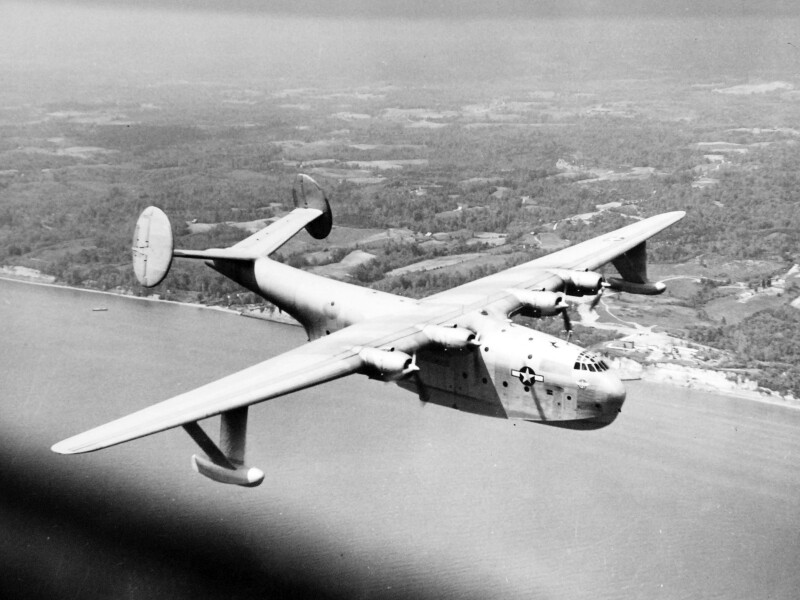
With her camouflage removed, the Mars comes winging home to Middle River for a check-up before going into service as a training ship of the skies. Album from The Glenn L. Martin Company, Baltimore, Maryland, 1941. Courtesy of the Library of Congress.
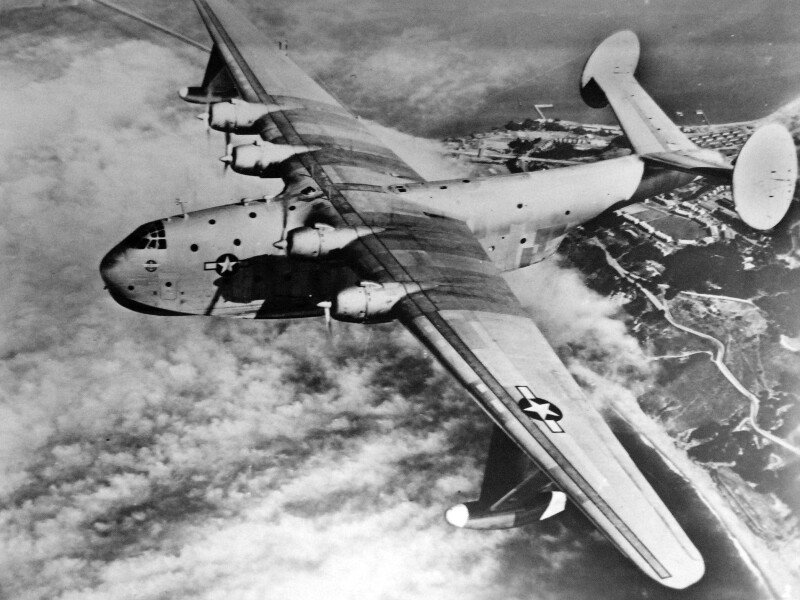
A close-up view of the Mars aircraft bound from San Francisco fully laden with materials vitally needed in the Pacific war period. Soon twenty more of these vast cargo ships of the air will be added to the fleet by NATS. Album from The Glenn L. Martin Company, Baltimore, Maryland, 1941. Courtesy of the Library of Congress.
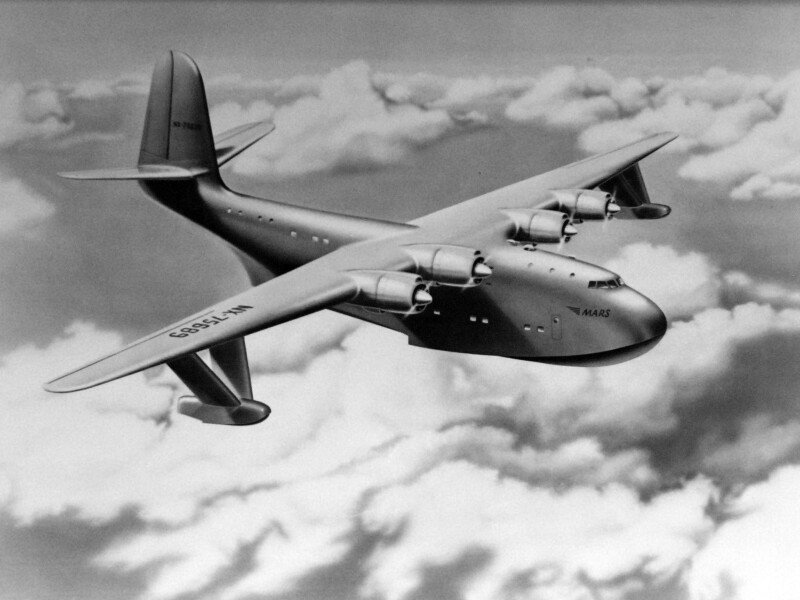
An artist's conception of the aircraft. Album from The Glenn L. Martin Company, Baltimore, Maryland, 1941. Courtesy of the Library of Congress.

The first of the production models of the Mars is shown being rolled from the big ?B? Building shop at the Glenn L. Martin Company, Middle River, Maryland, point her snout skyward as if ready to fly even before the wings have been added. Album from The Glenn L. Martin Company, Baltimore, Maryland, 1941. Courtesy of the Library of Congress.
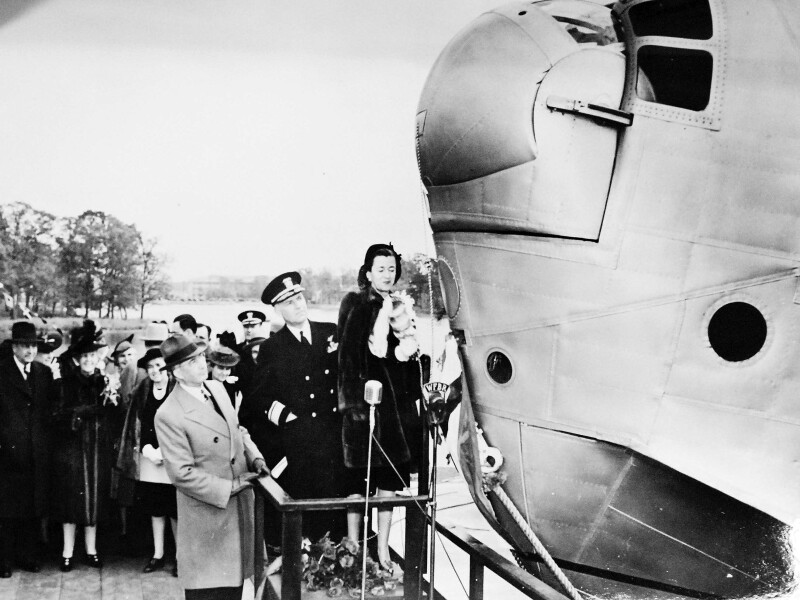
The giant aircraft was the first flying boat launched with full Naval ceremony, November 8, 1941. Shown: Mrs. Artemus L. Gates, whose husband at that time was Assistant Secretary of the Navy for Air, is about to smash the traditional bottle on the nose of the ship. Looking on are Admiral John H. Towers and Glenn L. Martin. Album from The Glenn L. Martin Company, Baltimore, Maryland, 1941. Courtesy of the Library of Congress.

